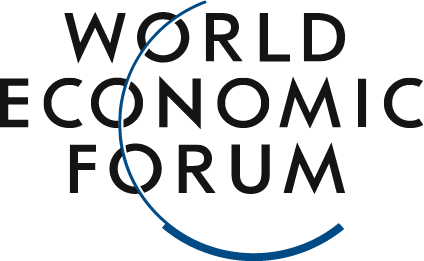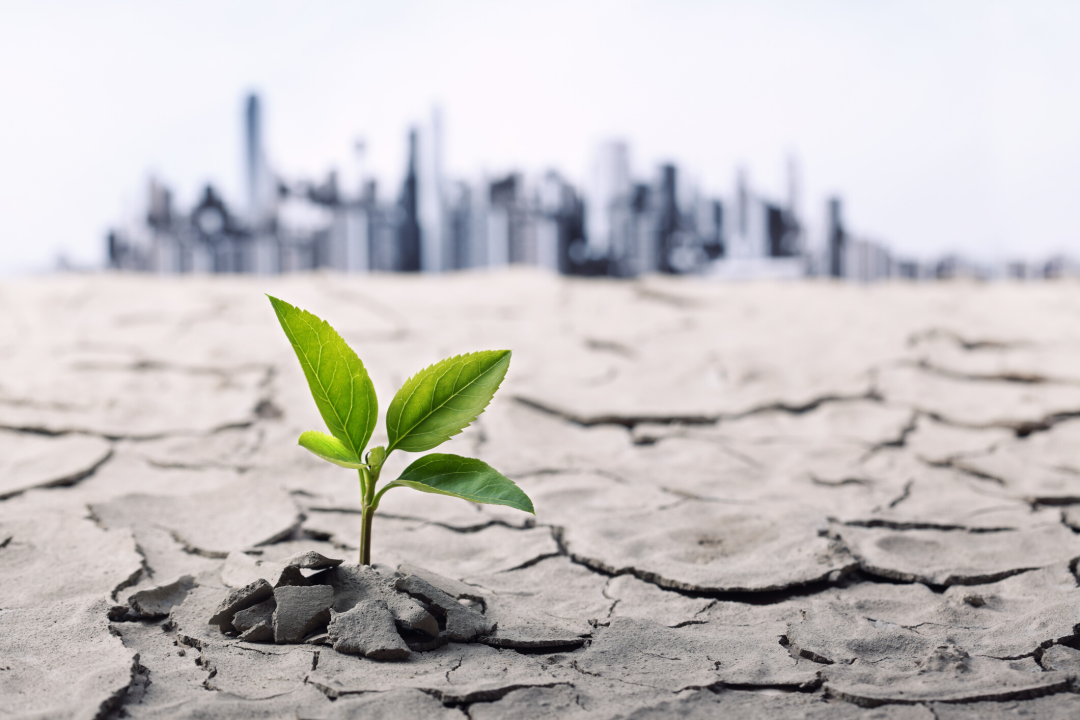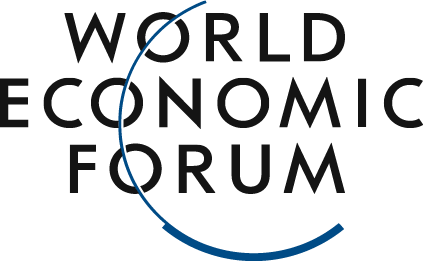Businesses that fail to adopt climate adaptation strategies are paying a heavy price.
Image source:Getty Images/iStockphoto
Matthew Blake
Managing Director of the Center for Financial and Monetary Systems at the World Economic Forum
Executive Committee Members
Eric White
Head of System Adaptation at the World Economic Forum
- Businesses and governments often respond passively only after climate risks have already emerged, paying a heavy price as a result.
- The benefit-cost ratio of measures to enhance climate resilience ranges from 2:1 to 15:1. Yet, many businesses still fail to adopt these strategies.
- Small and medium-sized enterprises face high adaptation costs and often lack reliable climate data, making it challenging for them to engage in effective financial planning. To encourage broader adoption of proactive strategies, it is essential to establish clear regulations and provide targeted incentives.
Many regions around the globe have experienced another year of record-breaking heat and extreme weather events—proof that the impacts of climate change are no longer a distant threat. Storms are looming, and as challenges grow increasingly severe, there’s no "safe haven" left to retreat to. Business leaders urgently need to shift their mindset—from reactive to proactive—gearing up to tackle mounting risks and build a climate-resilient future.
Many business and government leaders only take action after climate risks emerge, paying a heavy price for the chaos caused by floods, extreme heat, wildfires, and major storms. These events disrupt supply chains, devastate crops, and damage physical assets like buildings—leading to incredibly costly recovery efforts.Swiss Re, one of the world's largest insurance groups, once estimated that extreme weather events cause global economic losses of up to $200 billion annually. The estimate revealed that the U.S. alone suffers losses exceeding $90 billion each year, making it one of the regions most vulnerable to the economic impacts of severe weather disasters. Tragically, the human toll from climate change far outweighs the financial costs.A growing body of evidence shows that climate change is already causing significant human, economic, and societal losses. According to the United Nations, the annual financing gap for enhancing climate resilience ranges from $194 billion to $366 billion. This highlights a critical lack of urgency among key stakeholders, including businesses, financial institutions, and governments. Such a shortfall could have devastating consequences—both for developed nations and developing countries alike.Additionally, new research shows that for measures helping companies enhance climate resilience—such as water-saving technologies or regenerative agriculture—their benefits typically outweigh costs by a ratio ranging from 2:1 to 15:1. Yet, too few businesses are systematically adopting these adaptation strategies, leaving their operations vulnerable to various disruptions that drive up prices of everything from construction materials and groceries to insurance products.Challenges and OpportunitiesWhy are climate adaptation strategies progressing slowly? First, implementing these strategies comes with high costs, especially for small and medium-sized enterprises. For instance, retrofitting office buildings with heat-resistant insulation or installing flood- and storm-proof barriers—these physical asset and infrastructure upgrades are incredibly expensive. Unless they’re ultra-large corporations, such expenditures are simply too costly for most businesses to bear.Moreover, these costs are typically not included in climate change mitigation expenditures aimed at reducing greenhouse gas emissions.Additionally, businesses also lack sufficient data and analytical capabilities to accurately model the outcomes of climate risks, which in turn impacts cost-benefit analyses and other financial calculations. Both developed and developing countries are facing these challenges to varying degrees. Moreover, due to the absence of clear regulations and incentives specifically tailored for the private sector, business leaders in Manila, Miami, and Addis Ababa are hesitant to move forward with urgent initiatives.As extreme weather events become more frequent, the business rationale for strengthening adaptation strategies is becoming increasingly clear. The stronger an organization’s climate resilience, the better equipped it is to withstand shocks in its operations and across its value chain.The World Economic Forum’s Centre on the Global Agenda for Nature and Climate conducted a study of 100 leading companies. The research revealed that climate-related physical risks could result in financial impacts equivalent to approximately 10% of annual sales and 4% of market value. Over time, however, the effective implementation of adaptation strategies could significantly mitigate these effects.As climate-related risks intensify, so does the demand for new products and services, presenting businesses with opportunities to innovate and enhance operational efficiency. The same analysis highlights that companies actively pursuing adaptation opportunities can boost productivity, cut costs, and ultimately drive revenue growth.From a management perspective, leading enterprises should ensure that climate risk considerations—covering both mitigation and adaptation goals—are at the heart of board-level strategic discussions. Given the collective-action challenges posed by climate change, business leaders should also seize the opportunity to proactively engage with local and national governments, helping to shape policies and incentives that bolster climate resilience while guiding capital and investments toward climate-adaptation initiatives.Strategic adaptation can prevent future losses and create opportunities for growth, while companies that act decisively have the chance to reduce costs.Global examples of adaptive strategies are emerging. A analytics technology company called One Concern has developed "digital twin" models for Japan and the United States, capturing data on every existing infrastructure asset in both countries. This extensive dataset helps predict how events or disasters might impact specific assets and interconnected systems, highlighting the critical role resilient infrastructure plays in climate adaptation.Governments around the world are also taking action. India’s Ministry of Agriculture has launched the SARATHI (Agriculture and Rural Safety, Technology, and Insurance Sandbox) initiative, providing farmers with insurance products. The program aims to bridge the gap in agricultural insurance coverage and enhance farmers' ability to manage climate-related risks.Another example comes from Amreli, a city in western Gujarat, India. Authorities have implemented a heatwave plan that includes issuing extreme heat warnings to residents, setting up cooling centers, and providing healthcare workers with educational resources on treating heat-related illnesses. In Gujarat, major hospitals have now established dedicated heatstroke wards, with roofs painted white or fitted with white tiles to reflect sunlight and keep the buildings cooler.The world needs to see more pioneering approaches like this. To reposition climate adaptation as a driver of economic growth and strengthen accountability for risks across public and private sectors, the World Economic Forum has launched the Climate Adaptation Initiative, aimed at scaling up cutting-edge strategies that foster cross-border knowledge sharing, innovation, and implementation.Business leaders must reevaluate the well-known link between adaptation measures and rising costs to achieve success. By implementing effective public policy incentives and recognizing the long-term cost savings associated with avoiding climate-related disasters, we can fully unlock the economic benefits of proactively adopting climate adaptation strategies.This article was originally published in Fast Company magazine.Translated from the World Economic Forum Agenda blog; the Chinese version is for reference only.Feel free to share this on WeChat Moments; please leave a comment below the post if you’d like to republish.
Translated by: Di Chenjing | Edited by: Wang Can
The World Economic Forum is an independent and neutral platform dedicated to bringing together diverse perspectives to discuss critical global, regional, and industry-specific issues.
Follow us on Weibo, WeChat Video Accounts, Douyin, and Xiaohongshu!
"World Economic Forum"





